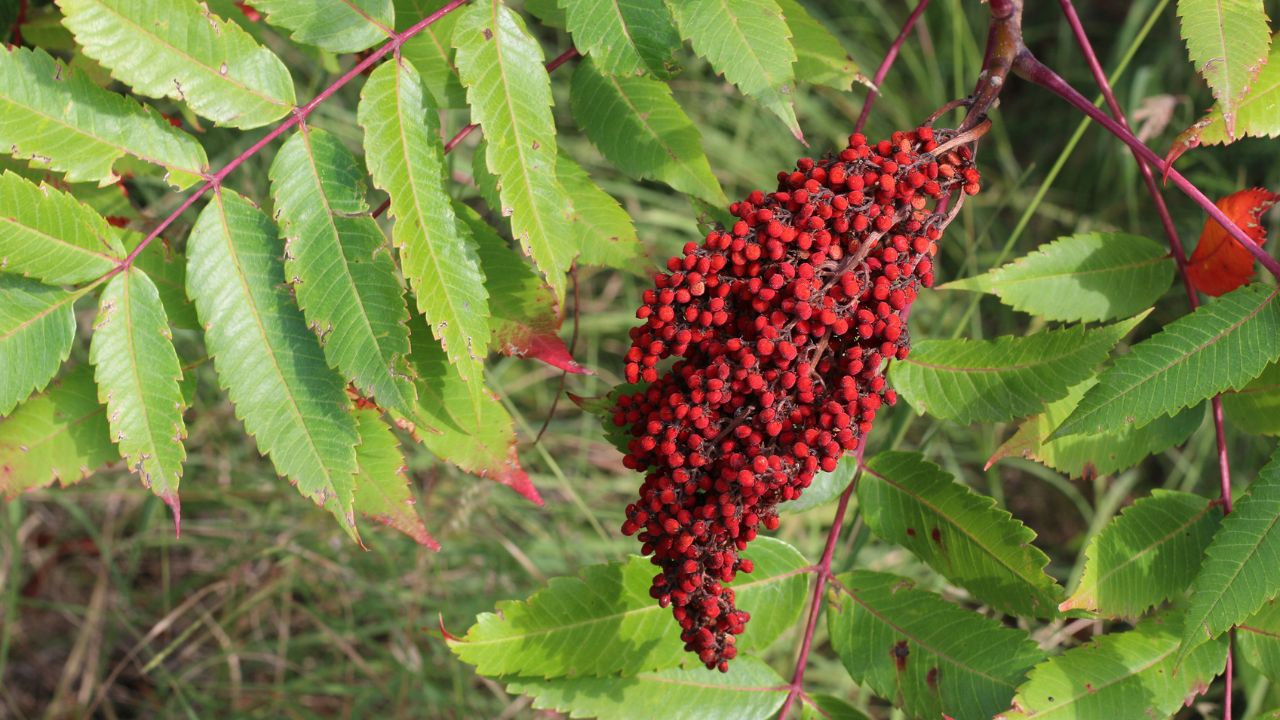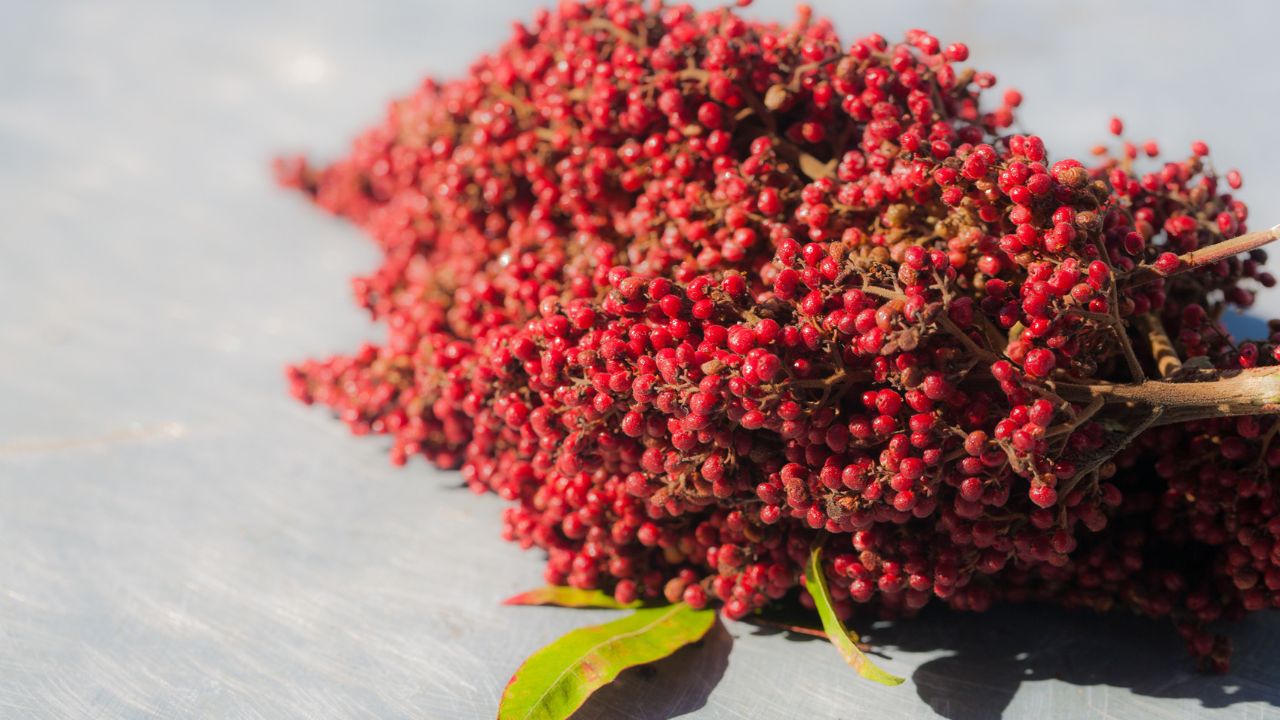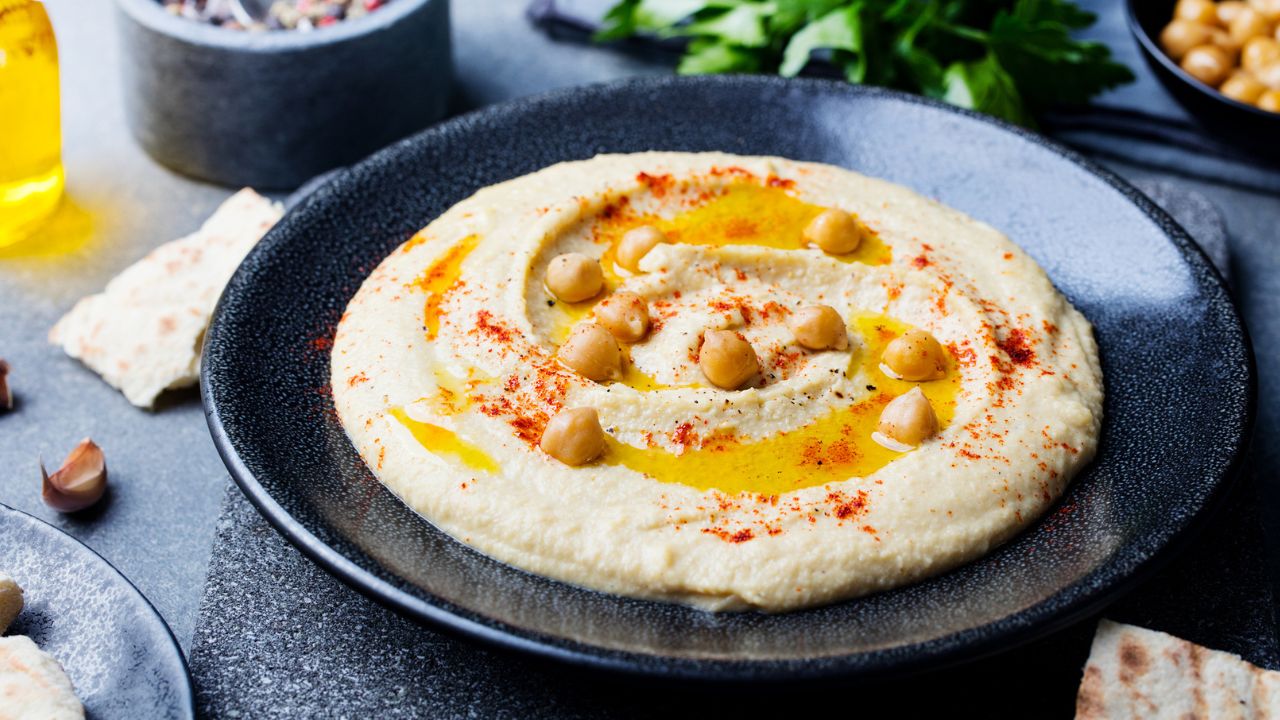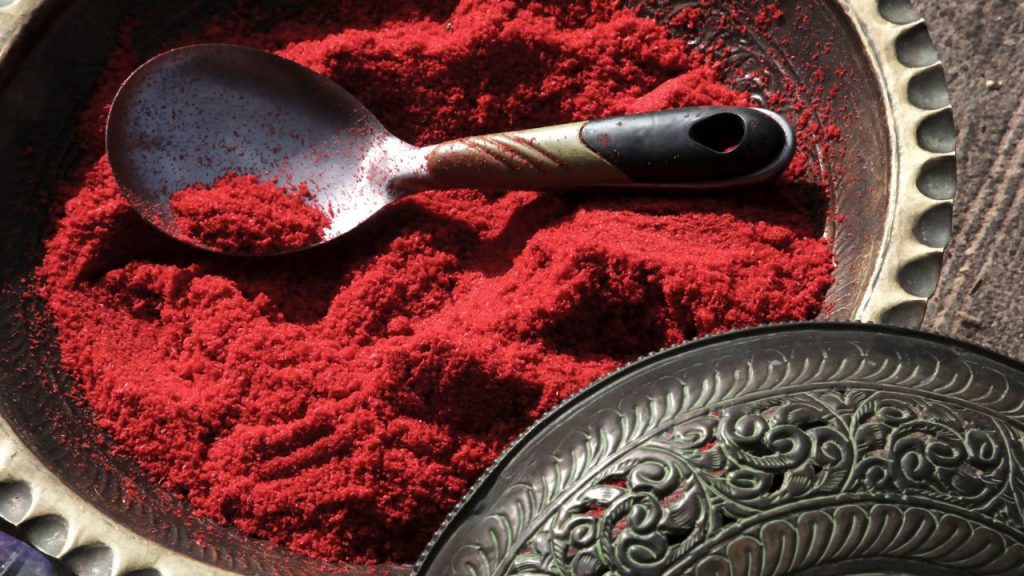Read about the wonders of sumac and get adventurous with your cooking by incorporating it into your food.
Sumac is a spice known for its deep crimson colour and crushed beaded texture. Widely used in Middle-Eatern households, some may not yet know about this incredibly versatile spice and the rich history that comes with it.
The Sumac spice is made by harvesting sumac berries found growing in clusters at the top of long branches of sumac trees. These trees are populated in regions throughout East Asia, along the Mediterranean and even in North America. The sumac berries harvested for spice manufacture are a stunning red colour, contrary to the poisonous sumac plant variety that grows white berries.

This variety of sumac (Toxicodendron vernix) causes rashes and skin irritations when touched. Luckily we don’t have to worry about that, as sumac trees aren’t naturally occurring in South Africa. To make sumac, the berries are dried, crushed and sieved, releasing the red powder around them known as sumac.

Sumac is believed to have a range of medicinal qualities that were harnessed in everyday life by local people thousands of years ago. It was dried and crushed up to use in aid of digestion and to heal wounds, as it contains many antioxidants and incredible anti-inflammatory properties. It has even been known to reduce blood sugar levels when taken routinely.
The power of flavour
Sumac has a strikingly sour and zesty flavour, similar to that of a lemon. Its vibrant red colour may give off the idea that it contains a strong aroma, but Sumac in fact gives off a light fruity scent. Sumac is an ingredient consistently found in the traditional version of Za’atar, another popular blend of spices also often used in Middle Eastern cooking.
RECIPE SUGGESTION: Beetroot & za’atar dip with pita chips
Sumac in the food world
Sumac is widely used in cultures all over the world, most notably in Lebanese, Iranian, Moroccan and Italian cooking, where it is found in abundance. Because of Sumac’s punchy citrus tang, it is often used for marinades, spice rubs, and seasoning on roasted vegetables.
Its flavour works well as a substitute for lemon or vinegar, as it proves the perfect balance to other ingredients. Sumac also found sprinkled over spreads like hummus and baba ganoush, chosen as a unique flavouring on popcorn and incorporated into pastries like doughnuts.

Sumac, like salt, enhances the flavours of the other ingredients used in a dish instead of overpowering them, allowing them to sing. Chicken, fish, lamb, chickpeas, feta, bread, you name it, sumac can roll with it.
Sumac marinade
Take a walk on the side of spice and try this sumac marinade when you’re next cooking chicken!
HANDS-ON-TIME: 2 min | TOTAL TIME: 2 min + refrigeration
INGREDIENTS
- 2 tbsp ground sumac
- ½ tsp cumin
- ½ tsp allspice
- 1 tbsp tomato paste
- 3 tbsp olive oil
- 3 garlic cloves, minced
- ½ small red chilli, deseeded, finely chopped
- Salt and pepper, to season
- 6-8 Chicken pieces
METHOD
MIX all the ingredients together in a large bowl.
ADD your chicken pieces and coat thoroughly in the marinade.
SEAL the chicken in a ziploc bag and refrigerate for at least 5 hours, or overnight, before cooking.
ALSO SEE: How to use dry spice rubs
Written by Sjaan van der Ploeg
Feature image: ImagesbyAntonia via Getty Images

